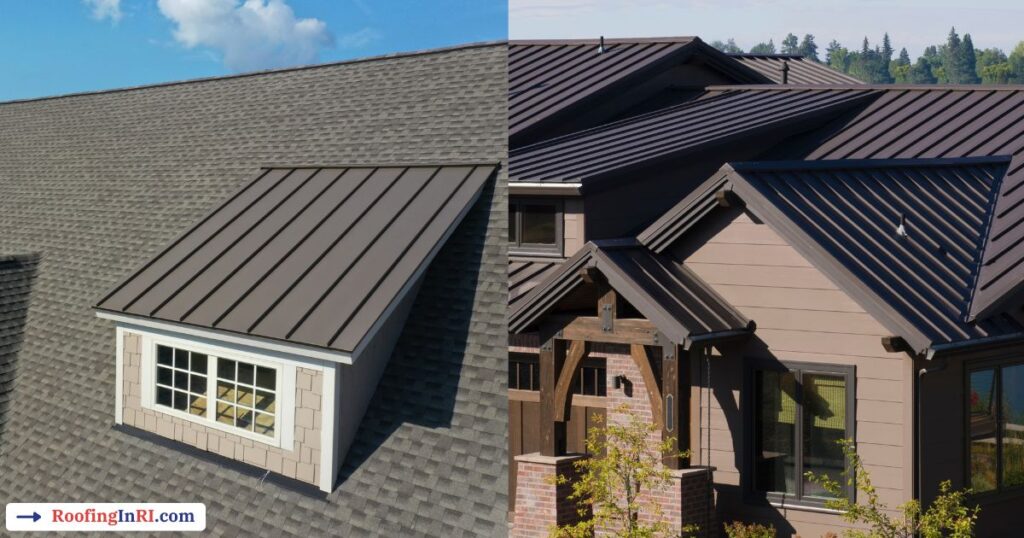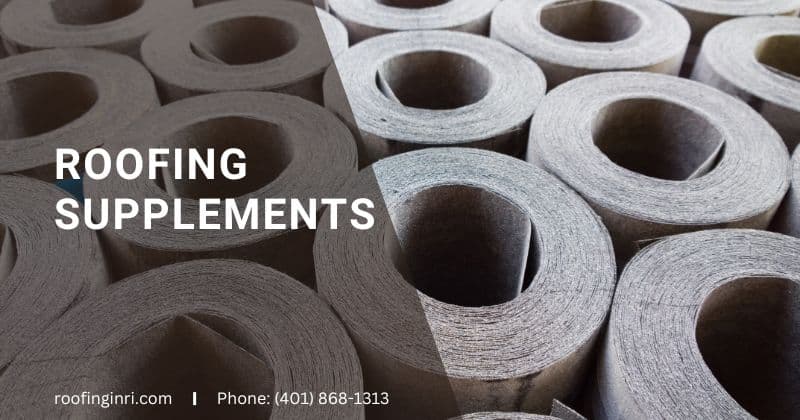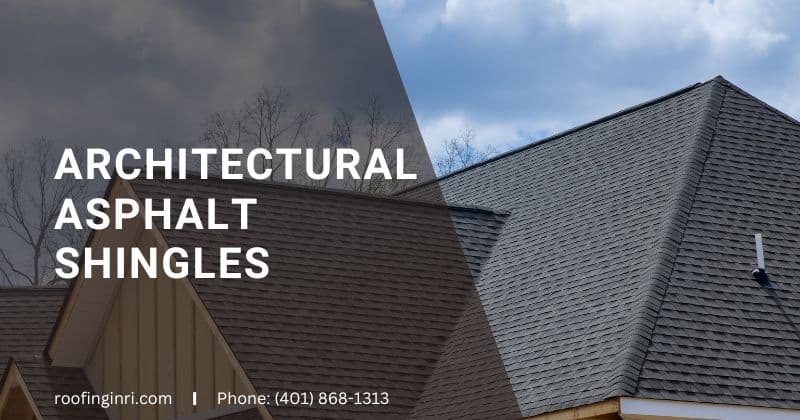For a 1500-square-foot home, you can expect to pay $15,000 for a metal and $6,000 for an asphalt shingle roof. I will break down these numbers in more detail in a while.
Choosing the right roofing material is a critical decision for homeowners. The two most common roofing options are metal and asphalt shingles. While both have pros and cons, understanding their cost differences can help you make an informed decision.
This guide compares the costs of metal and asphalt shingles, breaking down factors like upfront expenses, durability, and maintenance.
How much does a metal roof cost
There are different types of metal roofs, and their prices are different. The table below mentions the expected cost for a 1500-square-foot home.
| Material | Expected cost |
|---|---|
| Corrugated | $9,000 |
| Metal Shingles | $13,500 |
| Stone-Coated Steel | $13,500 |
| Standing Seam | $15,000 |
| Aluminum | $16,500 |
| Zinc | $24,000 |
| Copper | $30,000 |
These prices are tailored for roofing costs in Rhode Island. However, actual costs may vary depending on specific local factors such as labor availability, material suppliers, and roof complexity. Always obtain local quotes for the most accurate pricing.
Read the benefits of metal roofs.
How much does an asphalt shingle roof cost?
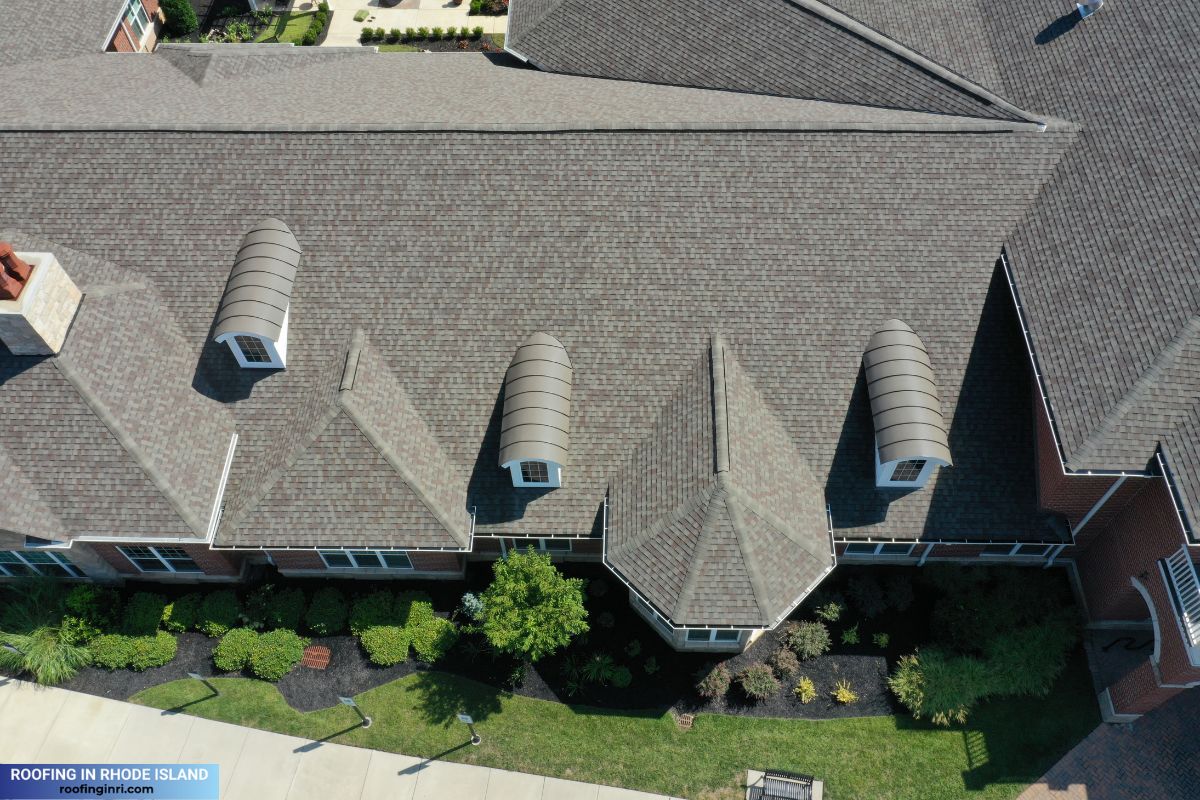
Asphalt shingles also have a few different types, and their prices are different. For a 1500 square feet home, you can expect to pay the following:
| Material | Expected cost |
|---|---|
| Three-Tab | $6,000 |
| Architectural | $7,500 |
| Premium Asphalt | $9,000 |
The above tables give you a clear picture of the different prices for metal and shingle roofs. If you want to pick a material based on price (affordability), a shingle roof will be a winner, but if you think long-term investment and other benefits, the metal can be a great choice. Let’s compare them from different perspectives.
Read about the class 3 and class 4 shingles.
Upfront costs of metal roofs
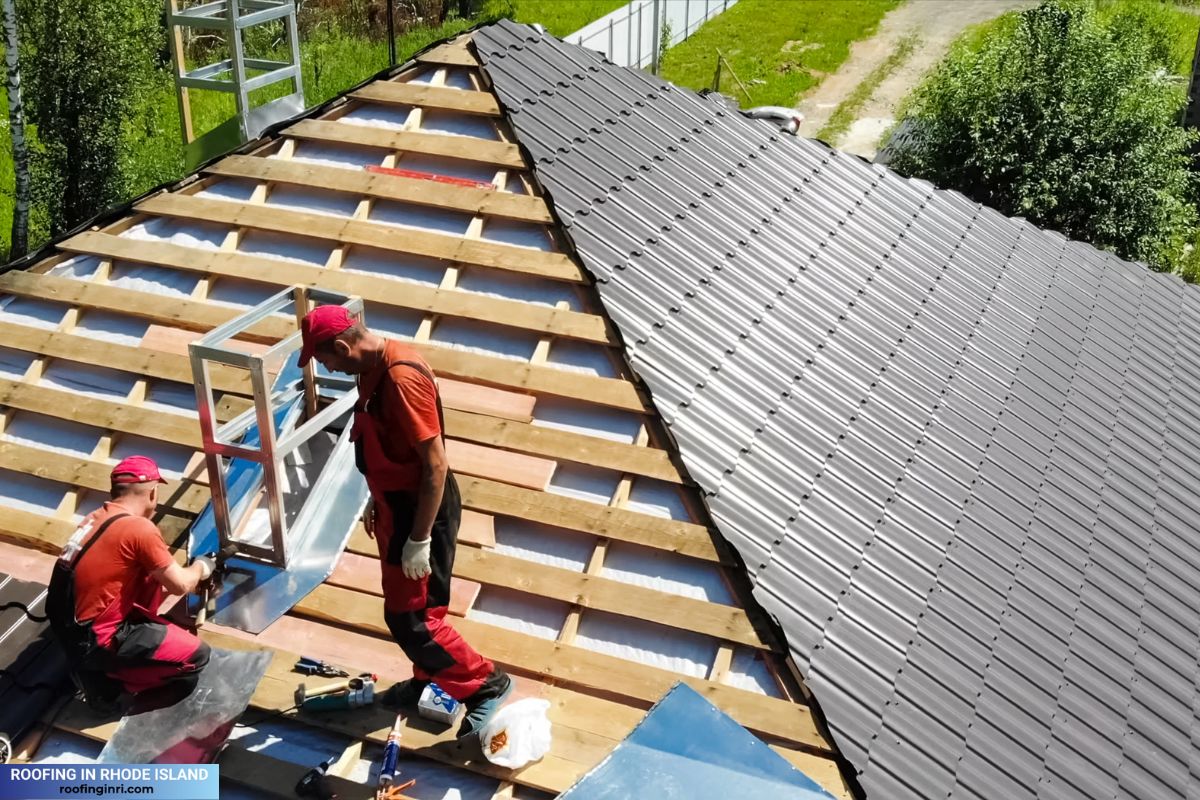
The initial cost of a metal roof is significantly higher than that of asphalt shingles.
Material cost
Metal roofing materials range from $8 to $15 per square foot, depending on the type (e.g., aluminum, steel, copper, or zinc). Premium metals like copper or zinc can cost $20 to $40 per square foot.
Installation costs
Metal roofs require specialized labor, costing $4 to $10 per square foot. The total installation cost for a metal roof typically ranges from $14,000 to $25,000 for an average 2,000-square-foot home.
Read about the most common installation mistakes of metal roofs.
Upfront costs of asphalt shingles
Asphalt shingles are the more affordable option for most homeowners.
Material costs
Standard three-tab asphalt shingles cost $1 to $3 per square foot. Architectural shingles, a premium type, range from $4 to $6 per square foot.
Do you know some roofing companies offer financing for new roofs?
Installation costs
Installation is simpler and cheaper, costing $2 to $4 per square foot. The total installation cost for an asphalt shingle roof averages between $6,000 and $12,000 for a 2,000-square-foot home.
Please ensure you do not mess up the installation cost with the first two tables. The first two tables contain the total price (material, labor, and installation) based on 1500 square feet (not 2000 SF).
Durability and longevity
| Metal Roof | Asphalt Shingles |
|---|---|
| Lifespan: 40 to 70+ years, depending on the material. Resistant to extreme weather, fire, and pests. It requires minimal maintenance, but repairs can be costly. | Lifespan: 15 to 30 years, depending on quality and maintenance. Susceptible to damage from wind, hail, and UV exposure. Maintenance and replacement costs add up over time. |
Read: How do you get roof replacements from your insurance company?
Energy efficiency
| Metal Roof | Asphalt Shingles |
|---|---|
| Reflect sunlight, reducing cooling costs by up to 25%. It can be painted with energy-efficient coatings for better thermal performance. | Absorb heat, leading to higher cooling costs during hot weather. Lighter-colored shingles can help reduce heat absorption but are less effective than metal. |
Read also: Energy-efficient roofs: What they are & what to look for?
Maintenance costs
| Metal Roof | Asphalt Shingles |
|---|---|
| It rarely requires maintenance but may need repainting or re-coating after decades. More resistant to common roofing issues like leaks or moss growth. | Regular inspections and repairs are required for issues like curling, cracking, or missing shingles. Higher long-term maintenance costs. |
Aesthetic appeal
| Metal Roof | Asphalt Shingles |
|---|---|
| Available in various styles, including standing seam, corrugated panels, and shingles designed to mimic wood or slate. Ideal for modern and unique architectural designs. | Come in a wide range of colors and styles, including architectural designs that mimic wood or slate. Blend well with traditional home styles. |
Environmental impact
Metal: Made from recyclable materials and fully recyclable at the end of their lifespan. They have a smaller carbon footprint due to their longevity.
Asphalt Shingles: Typically not recyclable and contribute to landfill waste. It requires replacement more frequently, increasing resource use.
Cost over time
Although metal roofs have a higher upfront cost, their longevity and low maintenance often make them more cost-effective in the long run. Asphalt shingles, while cheaper initially, can be more expensive over decades due to frequent replacements and repairs.
Read also: Your options when you need a new roof but can’t afford it.
FAQ
In general, asphalt shingles are cheaper than metal roofs upfront. Here’s a quick comparison:
Metal Roof: Costs $9,000–$30,000+ for a 1,500-square-foot home in Rhode Island, depending on the metal type.
Asphalt Shingles: Costs $6,000–$9,000 for the same home, depending on the quality and complexity.
While shingles have a lower initial cost, metal roofs often last longer, require less maintenance, and may offer energy savings, making them more cost-effective.
It typically ranges from $13,000 to $60,000 or more, depending on the type of metal and installation complexity:
Corrugated Metal Roof: $13,000–$20,000
Standing Seam Metal Roof: $20,000–$50,000
Metal Shingles: $18,000–$40,000
Stone-Coated Steel Roof: $24,000–$60,000
Premium Metals (Copper, Zinc): $50,000+
These estimates include materials and labor but may vary based on customization, roofing slope, and contractor rates.
Yes, having a metal roof can often lower your homeowners’ insurance. Metal roofs are durable, fire-resistant, and withstand severe weather like hail and high winds better than traditional roofing materials, reducing the likelihood of damage. Insurance providers often reward this reduced risk with discounts, but the amount varies based on the insurer, roof type, and location. It’s best to check directly with your insurance company for specific benefits in Rhode Island.
Insurance companies assess factors like the age, condition, material, and shape of your roof to determine premiums. Durable materials like metal or slate, which are resistant to fire, wind, and weather damage, often result in lower insurance costs. A newer roof also reduces risk for the insurer, leading to potential savings.
Metal roofs are not inherently noisy during rain when properly installed. With adequate insulation and a solid roof decking beneath, the sound of rain is significantly dampened. Poor installation or lack of insulation can amplify rain noise, but this is avoidable.
Which is right for you?
Choosing between a metal roof and asphalt shingles depends on your budget, aesthetic preferences, and long-term plans. My aim is not to make one material winner over another. I gave you all sorts of information to help you decide based on your unique requirements and situation.
However, if you’re still hesitating, here is my take:
Choose asphalt shingles if you’re looking for a budget-friendly solution and don’t mind regular maintenance and replacement. Choose a metal roof if you plan to stay in your home for decades and want a durable, low-maintenance, energy-efficient option.
Both options have their merits, but understanding the cost differences and benefits ensures you invest in a roof that suits your needs and protects your home effectively.

